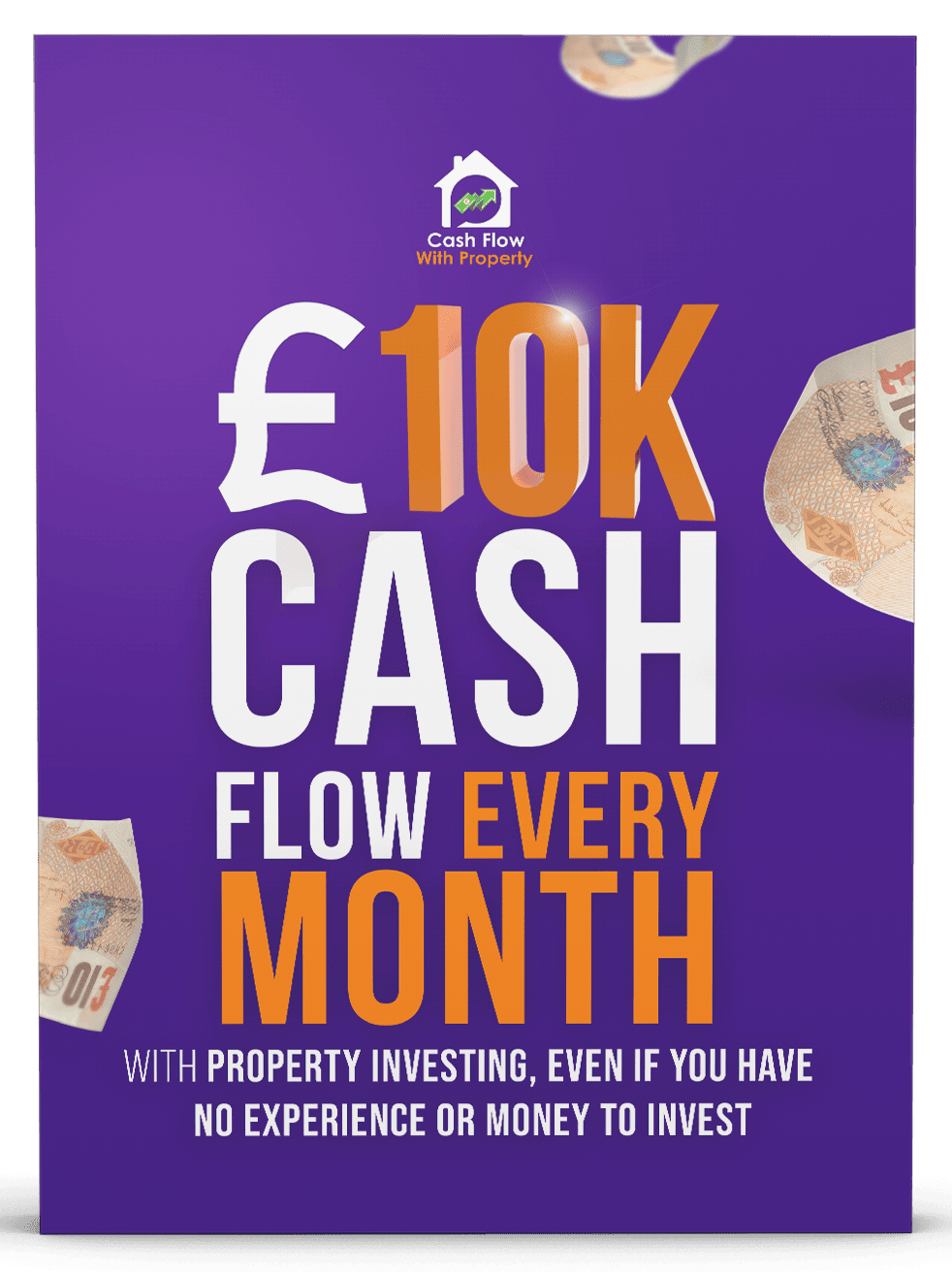How to Determine the Rental Value of Your Property: A Complete Guide
Key Takeaways:
- Go through the factors you should consider while calculating your property’s rental value.
- Also, figure out how to increase a property’s rental yield.
Do you want to calculate the rental value of a property?
Are you looking for the right process to increase the rental yield of your properties
The UK offers a higher rental yield compared to many other countries globally.
According to research from PropertyData.co.uk, the estimated average rental yield in the UK is 4.75%.
However, calculating the rental value of a property can be overwhelming sometimes.
Let’s simplify the process and help you go through all the factors that can determine the right value of your property.
Factors to Consider While Calculating the Rental Value of Your Property
There can be multiple factors you can choose to finalise the rental value of your property, but we have finalised the three important factors you shouldn’t avoid.
1. Rental rate
We have already shared a researched average rental yield number with you. However, the annual rental yields of a residential property can range from 2 to 6 % of the overall market value of the property.
It’s a standard average number but can vary across the UK.
How can you calculate rent based on the rental yield?
For instance, if the market value of your property is €330,000, its monthly rental value will range from approximately €68.82 to €96.35.
Here is how to calculate the rental value of a property in Euros:
In the case of a 2.5 % rental yield:
- (€330,000*2.5)/100= €8,250 per year
- So, the monthly rental will be €8,250/12 ≈ €68.82.
In the case of a 3.5 % rental yield:
- (€330,000*3.5)/100= €11,550 per year
- So the monthly rental will be €11,550/12 ≈ €96.35.
However, the valuation can sometimes differ based on the demand and supply equilibrium. Suppose your property is in a category of high demand but has a limited supply or other positive external factors come into play. In that case, your rental rate can touch the upper circuit.
But on the contrary, if the demand is low, the rental rate can touch the lower circuit.
2. Market value
It is the current value of your property for underlying forces. Multiple factors can impact your property’s value, like infrastructural development.
For example, any flyover, park, or metro link developed near your property can impact the property’s value and help you command a higher rental rate.
But will your property’s market value always appreciate?
The current market value may decline based on factors like stalled infrastructure projects, increased pollution levels, or a decline in property circle rates.
So, you know the current market value of the property. You can consult a professional property management agency to bypass the hassles of keeping up with the market value of your property.
3. Local rental rates
You can also consider the amount charged by surrounding landlords in your area to analyse the rental value of your property. You can ensure that your rental charge is by the rental rate of other properties.
Don’t create a considerable gap between the prevailing rental value and the rental you might ask your tenants. It can prevent them from diverting to other options at lower prices.
Once these factors are checked, you can consider the monthly mortgage, repair, and tax costs to determine your property’s final rental price.
However, running and maintaining a property can be very demanding. To ensure you remain on top of things and maximise your property’s potential, you can educate yourself and stay updated with the latest property management and investment strategies.
Learn from Cash Flow With Property
At Cash Flow With Property, we offer comprehensive online property investment courses designed to provide you with in-depth knowledge and practical insights into the UK property market.
Our courses are planned and developed from years of experience and thorough research in various property strategies. We ensure you receive valuable and actionable information.
By enrolling in our courses, you can learn how to:
- Navigate the complexities of property investment
- Manage risks
- Make informed decisions
These will help you enhance your property’s rental yield and overall return on investment.
FAQ
1. What is the formula for the rental method of valuation?
There are multiple ways to calculate rental value. A common approach to estimating the rental value of a property in the UK is using the rule of thumb, which suggests that the rent should be about 0.8% to 1.1% of the property’s purchase price. For instance, if a property is bought for £100,000, the monthly rental income should be around £800 to £1,100.
2. What are the various ways to know the annual rental value of a property?
You can determine the annual rental value of a property in the UK by considering the following methods:
- Local market research: Compare your property with similar listings in the area or consult with local estate agents to understand the going rate.
- Rental yield calculation: Divide the annual rental income by the property value and express it as a percentage. A good rental yield in the UK is around 6%, which can vary based on location and property type.
- Government data and tools: Use UK government statistics and tools to find median rent prices in your area. This data provides a more accurate overview of rental prices.
- Consider property factors: Your property’s location, condition, and amenities can significantly influence its rental value.
- Compliance with rent control laws: Be aware of laws like the Rent Act 1977 in England, which regulates how much landlords can charge and how often they can increase the rent.


 Cash Flow With Property
Cash Flow With Property 

